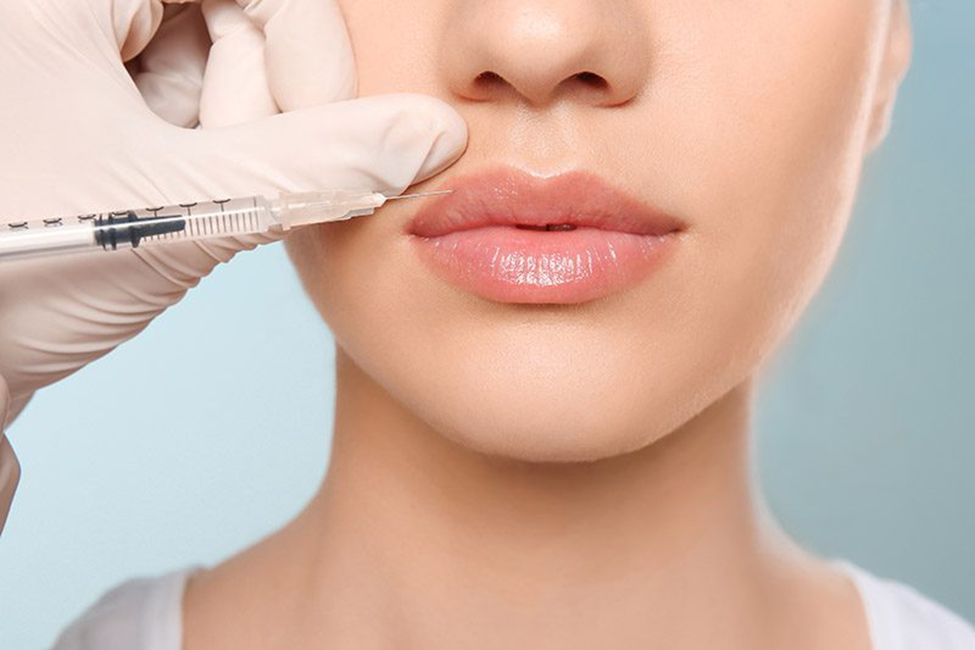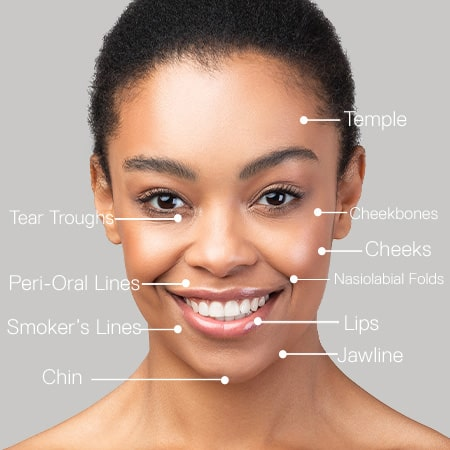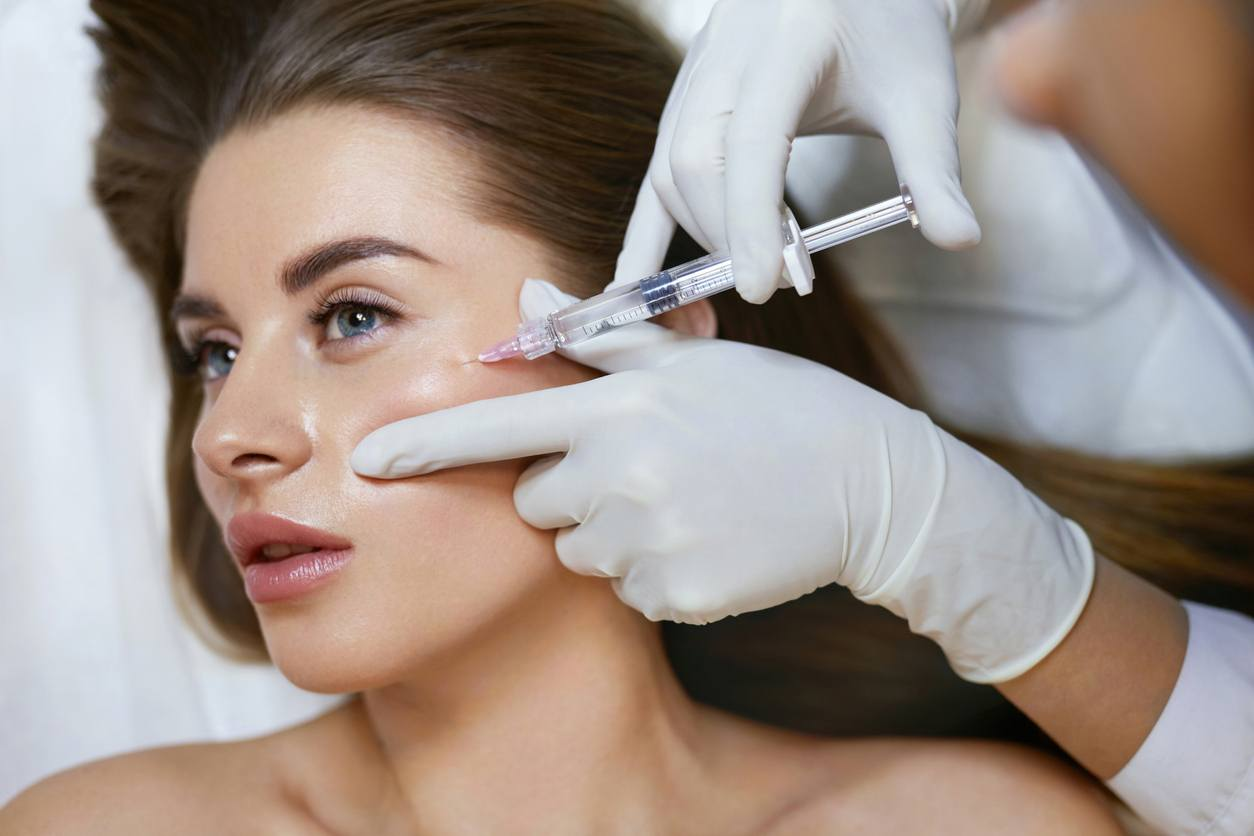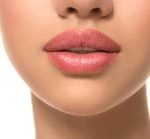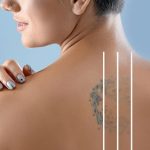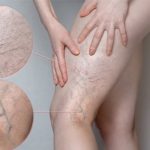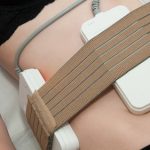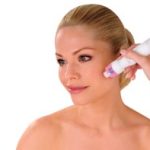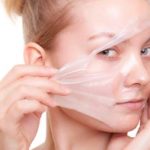What are dermal fillers?
Dermal fillers are gel-like substances injected under the skin. Dermal fillers are meant to create a smoother or fuller appearance, or both.
The FDA regulates dermal fillers as medical devices. As reported in clinical trials, the effects of most FDA-approved dermal fillers are temporary because they are made from materials that the body eventually breaks down and absorbs. The injection procedure may have to be repeated to maintain the desired effect.
Types of dermal fillers
Temporary fillers include the following materials:
Hyaluronic acid, a sugar that is naturally found in the body
Calcium hydroxylapatite, a mineral and a major component of bone
Poly-L-lactic acid (PLLA), a biodegradable, synthetic material
There’s only one FDA-approved dermal filler that is not absorbed by the body. It is made with polymethylmethacrylate (PMMA) beads suspended in a solution that contains bovine (cow) collagen. PMMA beads are tiny round, smooth, plastic beads.
Is Iran a Good Place to Get Dermal Fillers?
Iran is the place to have it, and that’s not just us being boastful! With numerous professional skin care centers, clinics and dermatology wards at well-equipped hospitals, Iran is the ideal place to have a dermal filler procedure done in. Furthermore, since the Iranian community is quite fond of everything skin-care related, such treatments and lots of similar ones are widely prevalent and practiced all over the country; thus making for the abundance of professional practitioners of such treatments, ranging from dermatology specialists to well-trained doctors in the field who practice privately but with a valid certificate or license. The cost of getting dermal fillers in Iran is also reasonable. While it’s not much lower than the cost in other countries, the injection is done perfectly. So, it brings a high satisfaction rate for the patients undergoing this procedure in this country.
Risks of FDA-approved fillers
As with any medical procedure, there are risks involved with the use of dermal fillers. Most side effects associated with dermal fillers, such as swelling and bruising occur shortly after injection and many resolve in a few days to weeks. In some cases, side effects may emerge weeks, months, or years later.
Common risks include:
Bruising, Redness, Swelling, Pain, Tenderness, Itching, Rash, Difficulty in performing activities (only observed when injected into the back of the hand).
Less common risks include:
Inflammation such as swelling or redness may develop near the dermal filler injection site following viral or bacterial illnesses or infections, vaccinations, or dental procedures, Raised bumps in or under the skin (nodules or granulomas) that may need to be treated with injections, oral antibiotics, or surgically removed, Infection, Open or draining wounds, A sore at the injection site, Allergic reaction, Necrosis (tissue death).
6 Tips for Consumers About Injectable Dermal Fillers:
Do work with a licensed health care provider who has experience in the fields of dermatology or plastic surgery and is trained to inject dermal fillers. The provider should use properly labeled, sealed vials or pre-filled syringes of FDA-approved filler.
Do request and read the patient labeling information on FDA-approved injectable dermal fillers from your licensed health care provider.
Do know the type of product to be injected and the possible risks. Know where each product you will be receiving is to be injected. Talk to your licensed health care provider if you have any questions.
Do not buy dermal fillers that are sold directly to the public. They may be fake, contaminated, or not approved for use in the U.S. FDA-approved dermal fillers are indicated for prescription use only.
Do not inject yourself with dermal fillers or with needle-free injection “pens.”
Do not get any type of filler or liquid silicone injected for body contouring.
What Do Dermal Fillers Treat?
Injectable dermal fillers address the followings:
Acne scars, Cheek depressions, Deep smile lines that run from the side of the nose to corners of the mouth (also known as nasolabial furrows), Frown lines between the eyebrows, Marionette lines at the corners of the mouth, Redefining lip border, Scars including burns, acne and those caused by wounds, Smoker’s lines; vertical lines on the mouth, Some facial scars, Worry lines that run across your forehead.
Different Types of Dermal Fillers
Hyaluronic acid fillers: Considered the most common and popular category of wrinkle fillers, ‘hyaluronic acid’ describes a type of filler with minimal side effects. Redness, swelling, and bruising at the injection site constitute those rare side effects. The results are not indelible, but rather long-lasting: one could expect the longevity of about several months to over one or two years. Repeating the procedure often yields desirable effects.
Synthetic fillers: This category is a little different. Synthetic fillers are lab-produced solutions and are not related to any natural substance in the body. Side effects might vary from redness, swelling, or bruising to other less common ones such as bumps under the skin which in certain rare cases may need to be removed via surgery. But don’t worry, that is a worst-case scenario which seldom happens to patients. Not to sound all negative, one of the pros of using a synthetic wrinkle is that they usually provide longer-lasting effects compared to other kinds. However, make sure these fillers are injected correctly, otherwise, since they are artificially made, they might cause serious problems like disfigurement.
Polyalkylimide fillers: This one is a semi-permanent type of skin filler, often used by plastic surgeons. Since this specific type of filler is almost completely skin-friendly, meaning that it tends to cause a minimal reaction with human tissue, no allergy test is required prior to using it. Polyalkylimide is commonly used in the following cases:
Deeper wrinkles such as depressed scars
To replace facial volume lost due to age
Thin lips
A layer of collagen is usually formed around the treated area by which the injected gel will be surrounded. This can take up to about a month.
Polymethyl-methacrylate microspheres: Regarded as a semi-permanent kind of filler, this filler is most often used to treat medium-to-deep wrinkles. It can also be used to enlarge thin lips and fill out scars. Whenever a more permanent solution to wrinkly skin is required, dermatologists seem to go for this type of dermal filler. Compared to collagen replacement therapy or hyaluronic therapy, this one stays with you for a longer period of time. However, one major downside of this treatment is that multiple injections might be required. It can also take up to several months for the results to reveal themselves. Plus, it may leave a mark on the skin if injected improperly.
Autologous fillers: You might be surprised to hear what the most common factor in this type of filler is: Fat! The surgeon would remove the needed fat from certain parts of your own body, thighs, buttocks, or stomach, and inject it into the area (fat transfer procedure). The worrying part might be the fact that the patient would have two procedures in this case. Furthermore, fat purification procedures could be costly and take more time than expected. Repeated injection might be required and the results are semi-permanent.
How Is a Dermal Filler Performed in Iran?
First of all, the doctor will assess your skin condition and texture. The type of your filler substance will then be determined and injected into the specified site (e.g. cheek, lip, forehead, hand, etc.). The injection will continue until the desired results are achieved. This procedure lasts from 15 minutes up to 1 hour. You’ll be ready to go home after injection.
What to Expect After Getting Skin Fillers?
As a non-surgical procedure, dermal fillers do not involve a long recovery period. You may experience some bruising and swelling within the first few days. You may also feel numbness in the treated area for a few hours after injection.
However, you’d be able to resume your routine life immediately after the procedure. You can also go back to work whenever you want. By the way, you may be advised to stop doing physical activities for 1-2 days after getting the injection.
Cost of Dermal Fillers in Iran
The cost of getting wrinkle fillers done in this country depends on the type of filler’s substance and the manufacturing country. The average cost of a dermal fillers injection in Iran with SinoheMedTour is $350, which includes all related expenses. This is while this procedure alone costs around $500 in the US.

